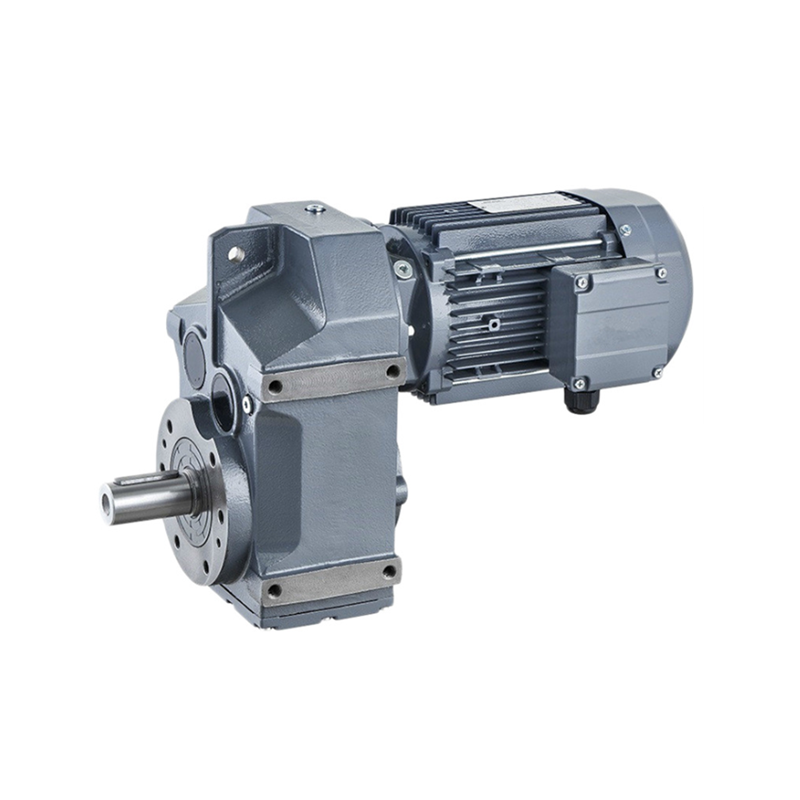Observing a handful of rules for accurate installation is vital to your trustworthy and correct operation from the gearbox or gear motor.
The rules set out listed here are intended being a preliminary guide to deciding on gearbox or gear motor. For productive and right set up, follow the instructions provided from the set up, use the maintenances guide to the gearbox out there from our sales division.
Following is usually a quick outline of set up rules:
a) Fastening:
Location gearbox on a surface offering satisfactory rigidity. Mating surfaces ought to be machined and flat.
Mating surfaces must be within definite geometric tolerances (see guide). This is especially accurate of flange-mounted gearboxes with splined hollow shafts.
In applications that involve higher radial loads in the output end, flange mounting is encouraged for some gearbox sizes as this mounting makes utilization of the double pilot diameters offered in these gearboxes.
Make certain the gearbox is appropriate for that needed mounting position.
Use screws of resistance class eight.eight and more than to safe the gearbox. Torque up screws towards the figures
indicated in the pertinent tables.
With transmitted output torque better than or equal 70% of your indicated M2max torque, and with
frequent movement reversals, use screws with minimum resistance 10.9.
Some gearbox sizes may be fastened working with either screws or pins. Of pin seated inside the frame the gearboxes be at the very least one.five times pin diameter.
b) Connections
Safe the connection elements to  gearbox input and output. Never tap them with hammers or related equipment.
gearbox input and output. Never tap them with hammers or related equipment.
To insert these parts, make use of the service screws and threaded holes presented over the shafts. Make sure you clean off any grease or protects in the shafts in advance of fitting any connection elements.
Fitting hydraulic motors.
Be cautious the O ring concerning motor flange and gearbox input flange when assembling. Install the
hydraulic motor before filling lube oil to the gearbox.
Connecting the hydraulic brake.
The hydraulic circuit must be this kind of to be sure that brake is launched instants in advance of gearbox starts and applied soon after gearbox has stopped. Check that stress inside the hydraulic line for brake release is at zero each time gearbox is stopped.
Course of rotation
Motors are linked on the suitable electric or hydraulic circuit based on their course of rotation.
When executing these connections, keep in mind that all gearboxes, whether while in the in-line or suitable angle style and design, possess the identical course of rotation both at input and output. For much more facts of the connection of electric and hydraulic motors, see appropriate sections in this catalogue.